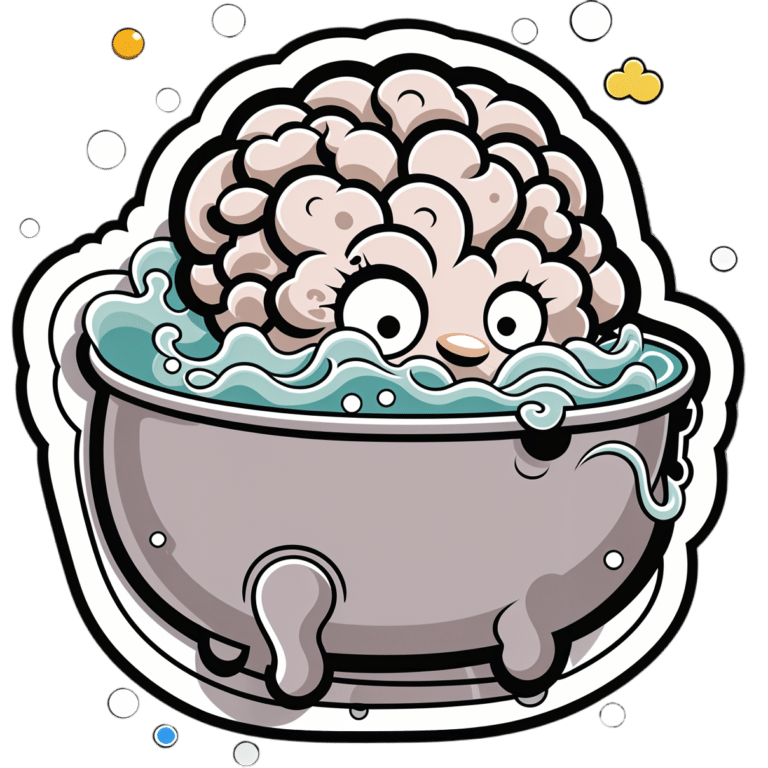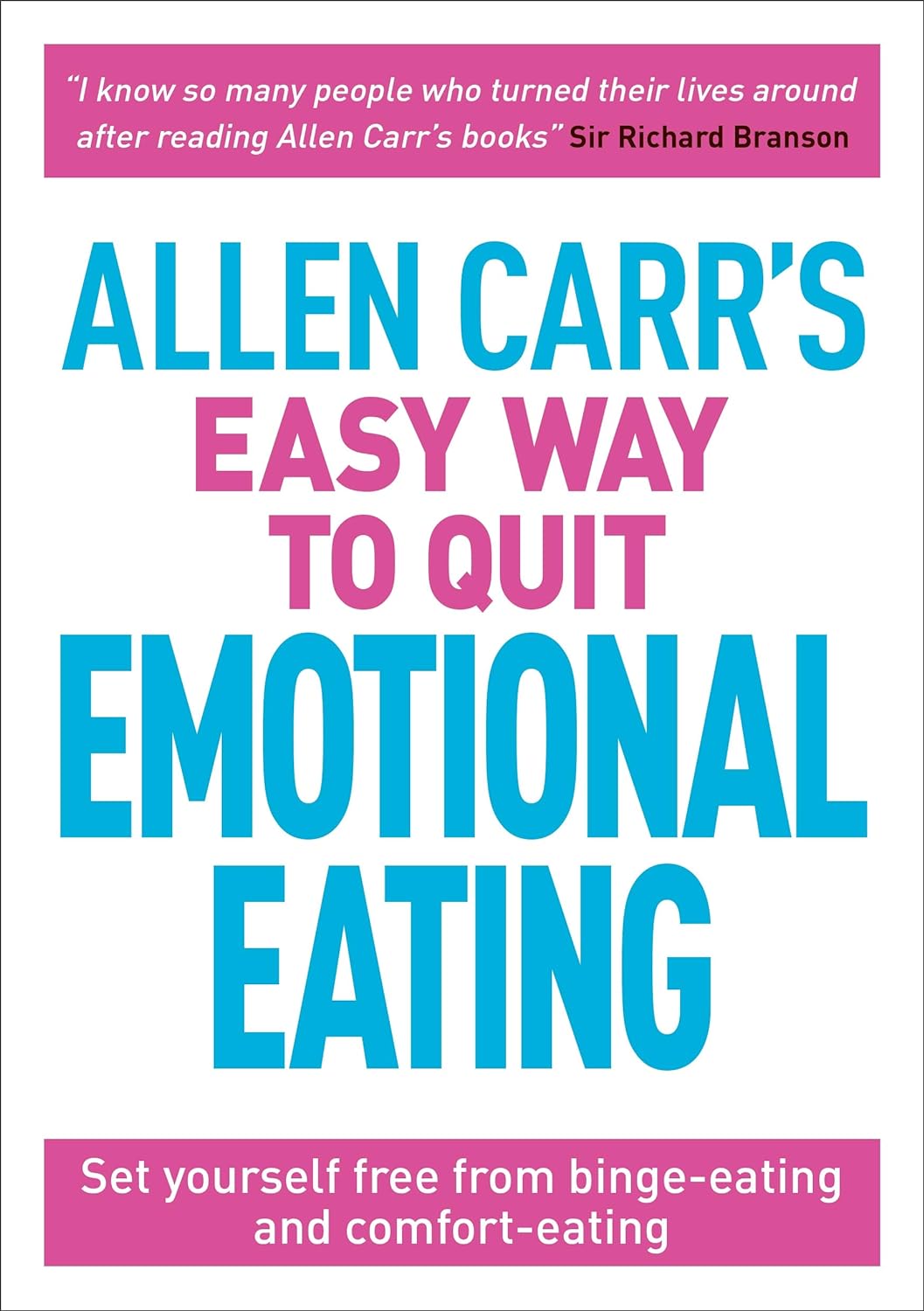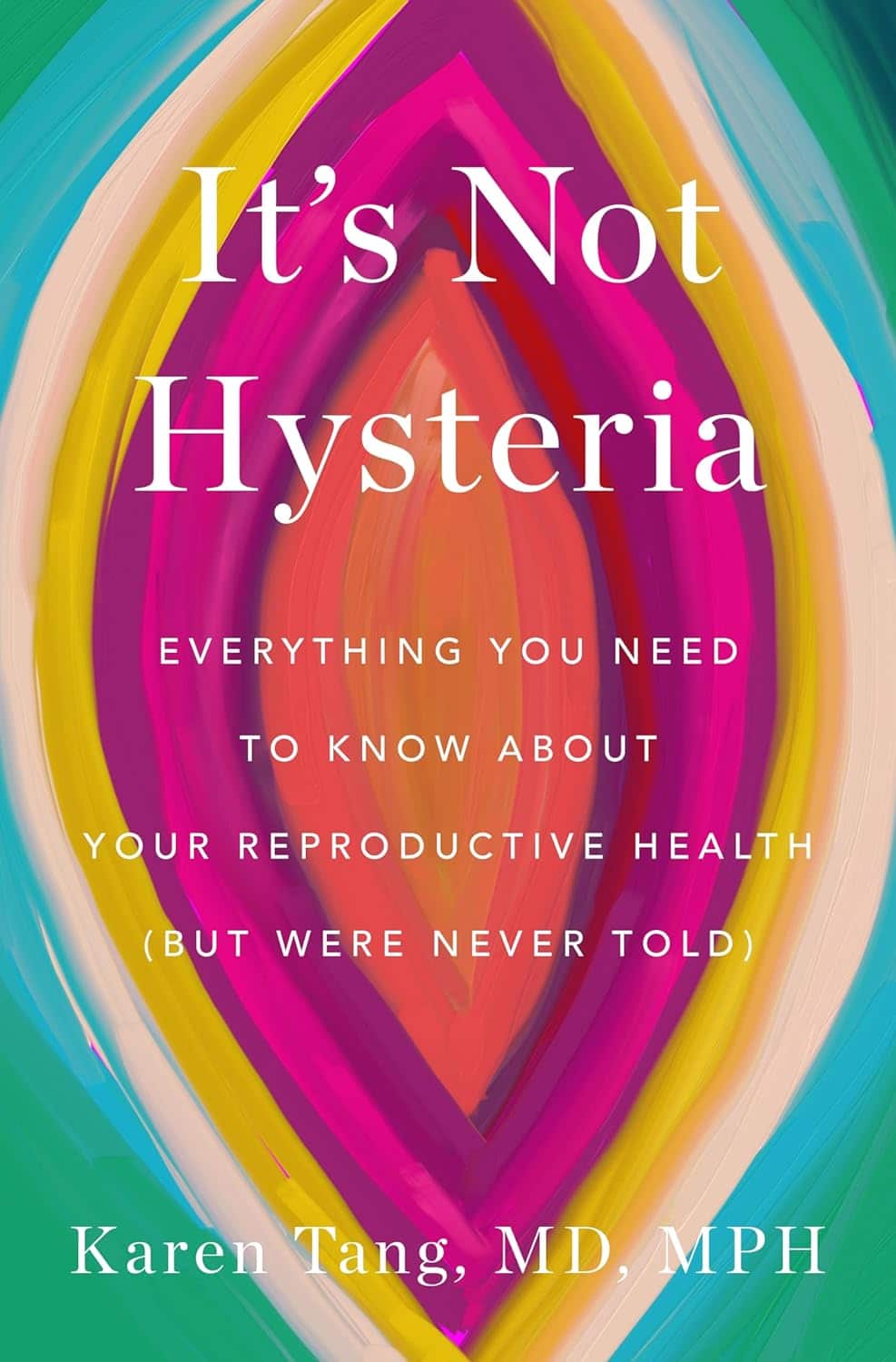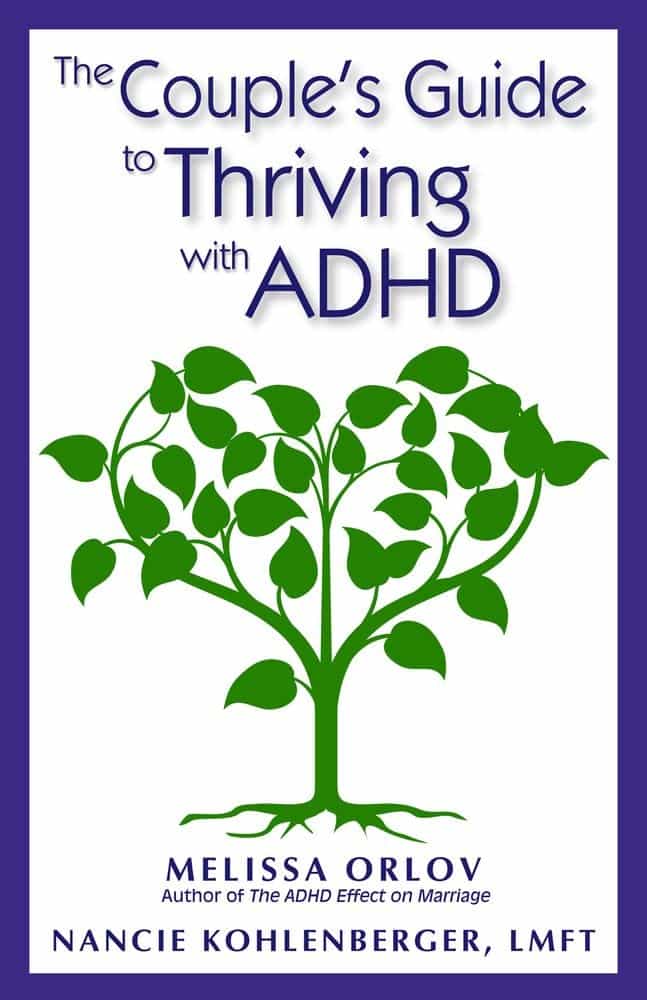
Tooth Remineralization: How To Heal Your Teeth Naturally
10almonds is reader-supported. We may, at no cost to you, receive a portion of sales if you purchase a product through a link in this article.
Dr. Michelle Jorgensen, dentist, explains:
The bare-bones details:
Teeth cannot be regrown (yet!) but can be remineralized, which simply involves restoring lost minerals. When we’re talking about health, “minerals” is usually used to mean elemental minerals, like calcium, magnesium, phosphorus, etc, but the specific mineral that’s needed here is hydroxyapatite (a calcium phosphate mineral, the same as is found in bones).
Not only can acids from food and bacteria dissolve the minerals from the teeth, but also, the body itself may extract minerals from the teeth if it needs them for other functions it considers more critical and/or more urgent.
Cavities occur when acids create porous holes in teeth by dissolving minerals, which allows bacteria to invade, which means more acid, and cavities.
Remineralization can be achieved by doing the following things:
- Use hydroxyapatite-based products (tooth powder, mouthwash).
- Improve gut health to ensure proper mineral absorption.
- Reduce acidic food and drink intake.
- Maintain good oral hygiene to prevent bacteria build-up.
- Eat foods rich in vitamins A, D, E, and K, which help direct minerals to teeth and bones.
For more on all of the above, enjoy:
Click Here If The Embedded Video Doesn’t Load Automatically!
Want to learn more?
You might also like to read:
- Less Common Oral Hygiene Options
- Fluoride Toothpaste vs Non-Fluoride Toothpaste – Which is Healthier?
Take care!
Don’t Forget…
Did you arrive here from our newsletter? Don’t forget to return to the email to continue learning!
Recommended
Learn to Age Gracefully
Join the 98k+ American women taking control of their health & aging with our 100% free (and fun!) daily emails:
-
Allen Carr’s Easy Way to Quit Emotional Eating – by Allen Carr
10almonds is reader-supported. We may, at no cost to you, receive a portion of sales if you purchase a product through a link in this article.
We’ve reviewed books before on quitting drinking; is this book about emotional eating so different?
There are overlaps, but important points of contrast, too. After all, alcohol and junk food are both often unhealthy coping mechanisms for other things, though:
- Alcohol has in principle the stronger grip (making it harder to give up)
- Junk food is so much easier to justify (making it harder to give up)
Author Allen Carr is of course most well-known for his debut book about quitting smoking, and he brings a lot of that expertise to bear on the slightly different beast that is emotional eating.
Focused on reframing quitting as being less about self-denial and more about self-liberation, he helps readers to understand that giving up a substance (in this case, junk food) does not mean giving up happiness—rather, it means finding happiness beyond it.
If this book has a downside, it’s that some parts can be a little repetitive, and it can sometimes seem like one of those “this book could have been an article” situations.
On the other hand, many people benefit from repeated messages to truly inculcate an idea, so this could be a positive for a lot of readers.
Bottom line: if you’ve tried to eat more healthily but find that you keep reaching for an unhealthy comfort food, then this book may make a difference that other methods didn’t.
Click here to check out The Easy Way To Quit Emotional Eating, and find your own freedom!
Share This Post
-
The Path to Longevity – by Dr. Luigi Fontana
10almonds is reader-supported. We may, at no cost to you, receive a portion of sales if you purchase a product through a link in this article.
We’ve reviewed other “expand your healthspan” books, and while they’re good (or else we wouldn’t include them), this is top-tier, up there with Dr. Greger’s books while being more accessible (more on this later).
This book is far more informational than opinionated, and while some reviewers have described the book as motivating them, that’s not at all the tone, and it’s clear that (beyond hoping for the reader to have to information to promote a long healthy life), the author has no particular agenda to push.
One example: while he gives a whole-foods, plant-based diet a “A+” rating, he puts the (often meat/fish-heavy) paleo diet at a close “A-“, depending on the animal products chosen (which can swing it a lot, and he discusses this in some detail).
In the category of criticism… This reviewer has none. Sometimes it seemed something was going unaddressed, but it would be addressed later.
Stylistically, the text is easy-reading and/but has a lot of references to hard science, complete with charts, diagrams, and so forth. The impression that this reviewer got is that Dr. Fontana took pains to convey as much science as possible, with (unlike Dr. Greger) as little jargon as possible. And that goes a long way.
Bottom line: if you’re looking for a “healthy aging” book that has a lot more science than “copy the Blue Zone supercentenarians and hope” without being so scientifically dense as “How Not To Die” or “How Not To Age“, then this is the book for you.
Click here to check out The Path to Longevity, and optimize the path you take!
Share This Post
-
Heart Health Calculator Entry Issue
10almonds is reader-supported. We may, at no cost to you, receive a portion of sales if you purchase a product through a link in this article.
It’s Q&A Day at 10almonds!
Have a question or a request? You can always hit “reply” to any of our emails, or use the feedback widget at the bottom!
In cases where we’ve already covered something, we might link to what we wrote before, but will always be happy to revisit any of our topics again in the future too—there’s always more to say!
As ever: if the question/request can be answered briefly, we’ll do it here in our Q&A Thursday edition. If not, we’ll make a main feature of it shortly afterwards!
So, no question/request too big or small
❝I tried to use your calculator for heart health, and was unable to enter in my height or weight. Is there another way to calculate? Why will that field not populate?❞
(this is in reference to yesterday’s main feature “How Are You, Really? And How Old Is Your Heart?“)
How strange! We tested it in several desktop browsers and several mobile browsers, and were unable to find any version that didn’t work. That includes switching between metric and imperial units, per preference; both appear to work fine. Do be aware that it’ll only take numerical imput, though.
Share This Post
Related Posts
-
It’s Not Hysteria – by Dr. Karen Tan
10almonds is reader-supported. We may, at no cost to you, receive a portion of sales if you purchase a product through a link in this article.
Firstly, who this book is aimed at: in case it wasn’t clear, this book assumes you have, or at least have had, a uterus. If that’s not you, then well, it’ll still be an interesting read but it won’t be about your reproductive health.
Secondly, about that “reproductive health”: it’s mostly not actually about reproductive health literally, but rather, the health of one’s reproductive organs and the things that they affect—which is a lot more than the ability to reproduce!
Dr. Tang takes us on a (respectably in-depth) tour of the relevant anatomy, before moving on to physiology, before continuing to pathology (i.e. things that can go wrong, and often do), and finally various treatment options, including elective procedures, and the pros and cons thereof.
She also talks the reader through talking about things with gynecologists and other healthcare providers, and making sure concerns are not dismissed out-of-hand (something that happens a lot, of course).
The style throughout is quite detailed prose, but without being difficult at all to read, and (assuming one is interested in the topic) it’s very engaging.
Bottom line: if you would like to know more about uteri and everything that is (or commonly/unfortunately) can be attached to them, the effects they have on the rest of the body and health, and what can be done about things not being quite right, then this is a good book for that.
Click here to check out It’s Not Hysteria, and understand more of what’s going on down there!
Don’t Forget…
Did you arrive here from our newsletter? Don’t forget to return to the email to continue learning!
Learn to Age Gracefully
Join the 98k+ American women taking control of their health & aging with our 100% free (and fun!) daily emails:
-
The Couple’s Guide to Thriving with ADHD – by Melissa Orlov and Nancie Kohlenberger
10almonds is reader-supported. We may, at no cost to you, receive a portion of sales if you purchase a product through a link in this article.
ADHD (what a misleadingly-named condition) is most often undiagnosed in adults, especially older adults, and has far-reaching effects. This book explores those!
Oftentimes ADHD is not a deficit of attention, it’s just a lack of choice about where one’s attention goes. And the H? It’s mostly not what people think it is. The diagnostic criteria have moved far beyond the original name.
But in a marriage, ADHD symptoms such as wandering attention, forgetfulness, impulsiveness, and a focus on the “now” to the point of losing sight of the big picture (the forgotten past and the unplanned future), can cause conflict.
The authors write in a way that is intended for the ADHD and/or non-ADHD partner to read, and ideally, for both to read.
They shine light on why people with or without ADHD tend towards (or away from) certain behaviours, what miscommunications can arise, and how to smooth them over.
Best of all, an integrated plan for getting you both on the same page, so that you can tackle anything that arises, as the diverse team (with quite different individual strengths) that you are.
Bottom line: if you or a loved one has ADHD symptoms, this book can help you navigate and untangle what can otherwise sometimes get a little messy.
Click here to check out The Couple’s Guide to Thriving with ADHD, and learn how to do just that!
Don’t Forget…
Did you arrive here from our newsletter? Don’t forget to return to the email to continue learning!
Learn to Age Gracefully
Join the 98k+ American women taking control of their health & aging with our 100% free (and fun!) daily emails:
-
Peripheral Neuropathy: How To Avoid It, Manage It, Treat It
10almonds is reader-supported. We may, at no cost to you, receive a portion of sales if you purchase a product through a link in this article.
Peripheral neuropathy (and what can be done about it)
Peripheral neuropathy is nerve damage, usually of the extremities. It can be caused by such things as:
- Diabetes
- Alcoholism
- Infection
- Injury
The manifestations can be different:
- In the case of diabetes, it’s also called diabetic neuropathy, and almost always affects the feet first.
- In the case of alcoholism, it is more generalized, but tends towards affecting the extremities first.
- In the case of infection, a lot depends on the nature of the infection and the body’s response.
- In the case of injury, it’ll naturally be the injured part, or a little “downstream” of the injured part.
- This could be the case of a single traumatic injury (e.g. hand got trapped in a slammed door)
This could be the case of a repetitive injury (carpal tunnel syndrome is a kind of peripheral neuropathy, and is usually caused by consistent misalignment of the carpal tunnel, the aperture through which a bundle of nerves make their way from the forearm to the hand)
Prevention is better than cure
If you already have peripheral neuropathy, don’t worry, we’ll get to that. But, if you can, prevention is better than cure. This means:
- Diabetes: if you can, avoid. This may seem like no-brainer advice, but it’s often something people don’t think about until hitting a pre-diabetic stage. Obviously, if you are Type 1 Diabetic, you don’t have this luxury. But in any case, whatever your current status, take care of your blood sugars as best you can, so that your blood can take care of you (and your nerves) in turn. You might want to check out our previous main feature about this:
- Alcoholism: obviously avoid, if you can. You might like this previous edition of 10almonds addressing this:
- Infection: this is so varied that one-liner advice is really just “try to look after your immune health”.
- We’ll do a main feature on this soon!
- Injury: obviously, try to be careful. But that goes for the more insidious version too! For example, if you spend a lot of time at your computer, consider an ergonomic mouse and keyboard.
- There are many kinds available, so read reviews, but here’s an example product on Amazon
Writer’s note: as you might guess, I spend a lot of time at my computer, and a lot of that time, writing. I additionally spend a lot of time reading. I also have assorted old injuries from my more exciting life long ago. Because of this, it’s been an investment in my health to have:
A standing desk
A vertical ergonomic mouse
An ergonomic split keyboard
A Kindle*
*Far lighter and more ergonomic than paper books. Don’t get me wrong, I’m writing to you from a room that also contains about a thousand paper books and I dearly love those too, but more often than not, I read on my e-reader for comfort and ease.
If you already have peripheral neuropathy
Most advice popular on the Internet is just about pain management, but what if we want to treat the cause rather than the symptom?
Let’s look at the things commonly suggested: try ice, try heat, try acupuncture, try spicy rubs (from brand names like Tiger Balm, to home-made chilli ointments), try meditation, try a warm bath, try massage.
And, all of these are good options; do you see what they have in common?
It’s about blood flow. And that’s why they can help even in the case of peripheral neuropathy that’s not painful (it can also manifest as numbness, and/or tingling sensations).
By getting the blood flowing nicely through the affected body part, the blood can nourish the nerves and help them function correctly. This is, in effect, the opposite of what the causes of peripheral neuropathy do.
But also don’t forget: rest
- Put your feet up (literally! But we’re talking horizontal here, not elevated past the height of your heart)
- Rest that weary wrist that has carpal tunnel syndrome (again, resting it flat, so your hand position is aligned with your forearm, so the nerves between are not kinked)
- Use a brace if necessary to help the affected part stay aligned correctly
- You can get made-for-purpose wrist and ankle braces—you can also get versions that are made for administering hot/cold therapy, too. That’s just an example product linked that we can recommend; by all means read reviews and choose for yourself, though. Try them and see what helps.
One more top tip
We did a feature not long back on lion’s mane mushroom, and it’s single most well-established, well-researched, well-evidenced, completely uncontested benefit is that it aids peripheral neurogenesis, that is to say, the regrowth and healing of the peripheral nervous system.
So you might want to check that out:
Don’t Forget…
Did you arrive here from our newsletter? Don’t forget to return to the email to continue learning!
Learn to Age Gracefully
Join the 98k+ American women taking control of their health & aging with our 100% free (and fun!) daily emails:







